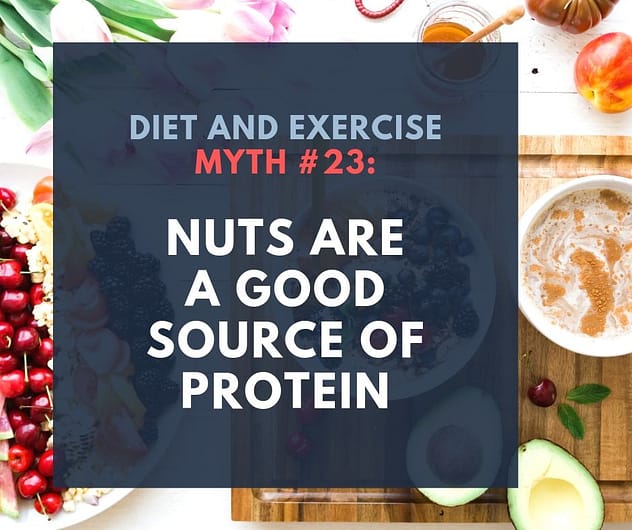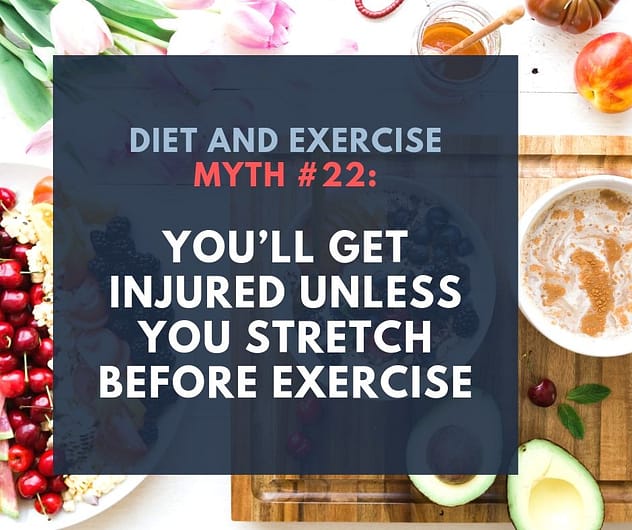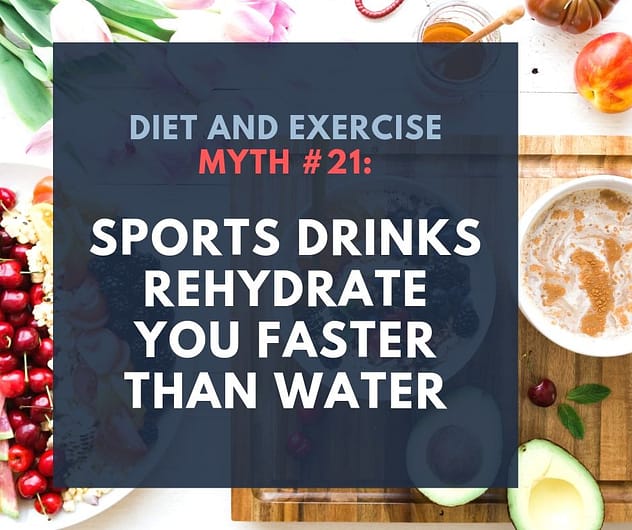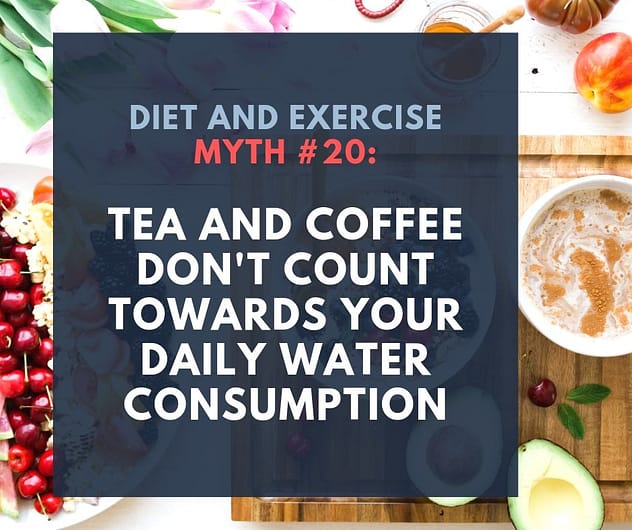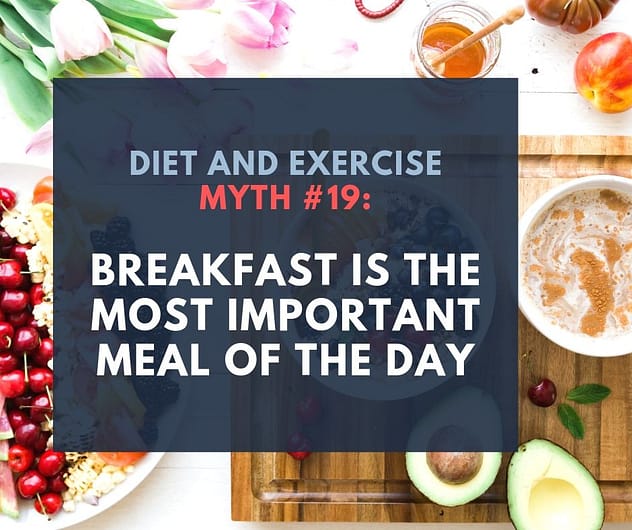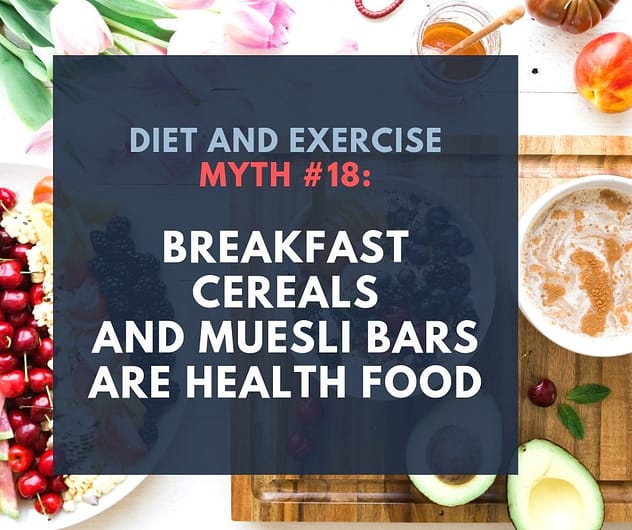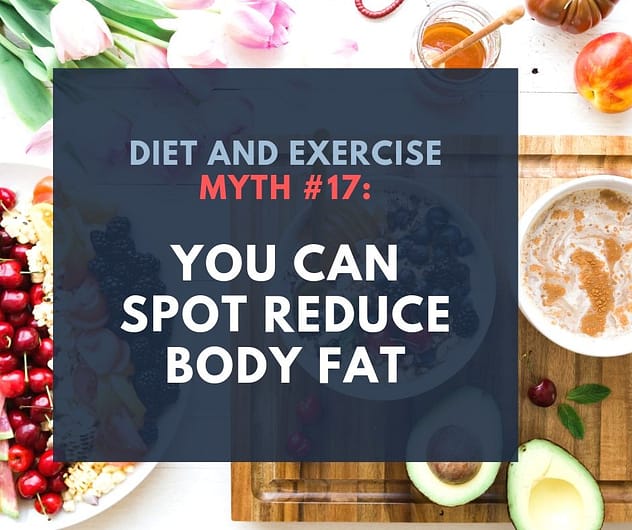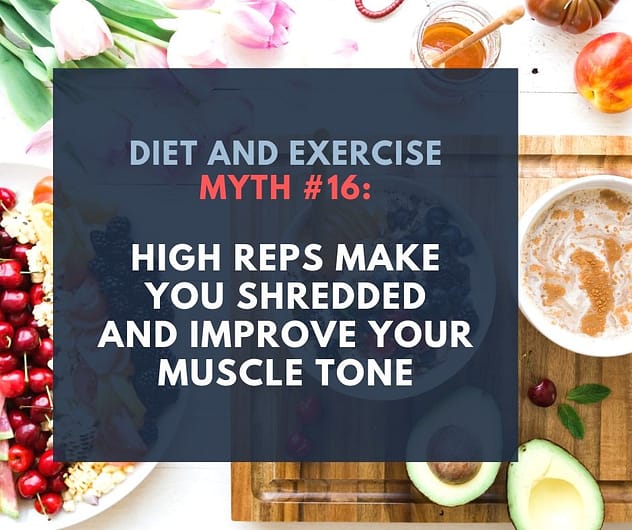- in Motivation , Uncategorized by Todd
Do you need more motivation?

Motivation. Tenacity. Determination. Grit.
All desirable attributes, right?
Science suggests that we have only a limited supply of self-discipline and motivation. In fact, it seems that we wake up every morning with as much self-discipline as we’re going to get for the whole day, and then we gradually use it up as the day goes on.
We deplete our self-control by doing the things we know we should do (but don’t really want to). We deplete it by resisting the urge to do the things we know we shouldn’t (but still want to). And we deplete our well of self-control by making the hundreds of little decisions that we all make every day – most of them without even realising it.
Whatever the size of our individual cup of motivation and self-control, it starts off full and steadily empties as the day goes on. By evening we’ve pretty much run out of motivation, and we’re more inclined to make bad decisions.
This hints that we should perhaps do the harder or more important stuff right up, first thing in the morning. To ‘eat the frog’, as Mark Twain recommends.
It also implies that we would be so much more likely to succeed at our goals and dreams, if only we started each day with a bigger cup of motivation. If we could just find more self-discipline and more motivation somewhere, surely we would be much closer to achieving all of our life goals.
This idea seems reasonable enough at first blush, but I want to put forward a more useful way to think about this.
I propose that you should aim to need less motivation, rather than more.
There are two ways to make this idea work for you:
1. Realise that you don’t need to feel like it.
“The problem isn’t that you don’t feel motivated; it’s that you imagine you need to feel motivated.” - Oliver Burkeman.
It’s a pretty big call, I know, but I really encourage you to spend some time internalising that idea. Don’t get hung up wondering whether it might be true or not; instead consider whether I might be useful or not. Imagine where this belief could take you, if it was true for you.
Stop falling into the trap of thinking that you can only get something done if you feel like doing it. Not only is it super counter-productive to sit around waiting for motivation to strike, but you don’t even need to!
Motivation is fleeting, as we already know. It comes and goes on a whim. When it happens to decide to drop by, it never stays for long. So try to change your mindset, and instead believe that you can do something even if you don’t feel like it. This belief could change your life. You don’t need to feel like it.
2. Environment matters more than motivation.
This is the second approach to taking action in the absence of motivation: set up your environment so that those actions are easier and more enjoyable.
As James Clear writes in his excellent book, Atomic Habits:
“When scientists analyse people who appear to have tremendous self-control, it turns out those individuals aren’t all that different from those who are struggling. Instead, ‘disciplined’ people are better at structuring their lives in a way that does not require heroic willpower and self-control. In other words, they spend less time in tempting situations.”
Minimise the friction between you and your desired actions and outcomes.
Here are some ideas: Before you go to bed at night, lay your gym clothes out for the next morning. Put a bowl of healthy fruit front and centre in your kitchen, and put the candy out in the garage (actually, don't buy it). Install a chin-up bar in your laundry and do one pull-up every time you walk in there.
You can also minimise decision fatigue by batching and stacking your decisions and habits. Meal prepping for the week ahead is a great example of batching. Doing a push-up for every advertisement that comes on TV is an example of stacking.
You don't need more motivation, you need less.
Leave a comment below if you have any thoughts you’d like to share. I love hearing from you guys.
VitalCapacity.live exists to help ordinary people like you transform your mind, body and spirit. If you have any questions or feedback, please don’t hesitate to get in touch with me.
You can contact me here: Todd@VitalCapacity.live.
Check out my Body Transformation Blueprint digital course. It teaches ordinary people how to look good, feel great, and get the body you've always wanted.
Ciao for now,

Like what you're reading?
Join our tribe!
Sign up below and I'll send you an interesting blog article every week. I share information on topics such as motivation, longevity, resilience, weight loss, health fitness and wellness, supplements, meditation, recovery, gratitude, attitude and more.


